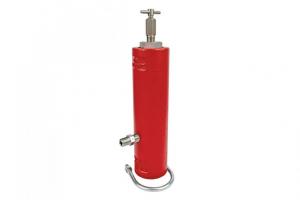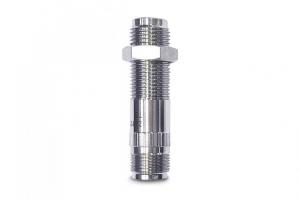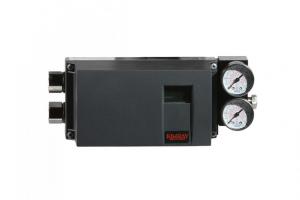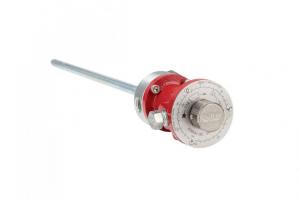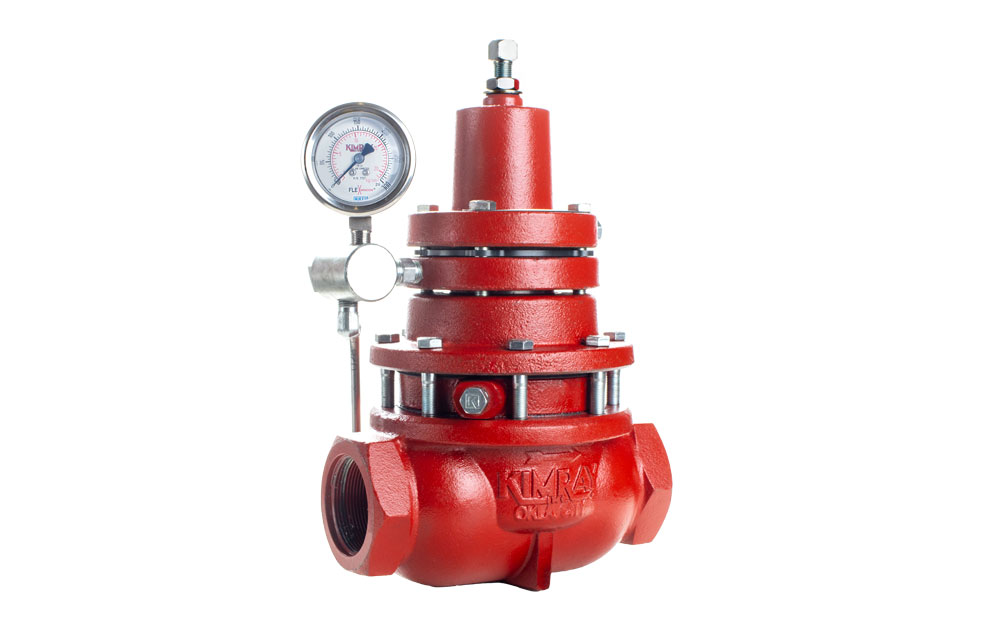What is Suction Control?
Natural gas compressors require precise regulation of the gas flow to keep them up and running. Crucial to that regulation is suction control.
Suction control is provided by a pressure reducing regulator that regulates the inlet pressure to the gas compressor.
How Does a suction control valve work?
A pressure reducing valve creates and holds a downstream pressure set point.
Oil and gas producers use a pressure reducing valve (also called a "pressure reducing regulator") as a suction controller or recirculation valve on a compressor, or to supply fuel gas.
Here's how it works:
- An operator will adjust the set point by either tightening or loosening the adjustment bolt on top.
- When it's tightened, this will compress the spring.
- The spring then pushes down on the sensing diaphragm assembly, which positions the internal pilot plug.
- The pilot plug allows gas from upstream to flow under the motor valve diaphragm. The pressure is controlled under this diaphragm, which positions the plunger to protect against changes in flow conditions.
If the pressure exceeds the set point, the upstream pressure will push up on the sensing diaphragm assembly.
This closes the pilot plug. The underside of the motor valve diaphragm vents gas which regulates the downstream pressure. And this sets a constant downstream pressure.
Because the diaphragm has a larger surface area than the plunger, the same pressure can hold the valve in a closed position.
Which Pressure Reducing Valve Works Best for Suction Control?
Our Unbalanced Pressure Reducing Regulator is a standard option and good for many applications.
If you’re using it for suction control, however, the limiting factor to this option is set point drift. Set point drift is something inherent in our standard low pressure spring-operated regulators operation. It means that for every 8 PSI of change in the upstream pressure, the downstream set point will drift by 1 PSI.
For example, if your upstream pressure fluctuates up or down by 50 PSI, you could experience a 6.25 PSI change. This could cause your compressor to shut down on low suction or high suction. This 8 to 1 set point drift ratio is not ideal for suction control because of the tighter set point requirement.
However, our Balanced Pressure Reducing Regulator performs the same function as our standard regulator, but the set point drift ratio is 100 to 1 rather than 8 to 1. This means you can experience a 100 PSI fluctuation in pressure on the upstream side of the valve and only have a 1 PSI set point drift.
This Balanced Regulator is ideal for holding a tight suction control on a compressor. This means it can keep your inlet pressure steady even when the upstream pressure is more volatile.
To speak with an expert about how to get the most out of your pressure reducing valve, reach out to your local Kimray store or authorized distributor.





